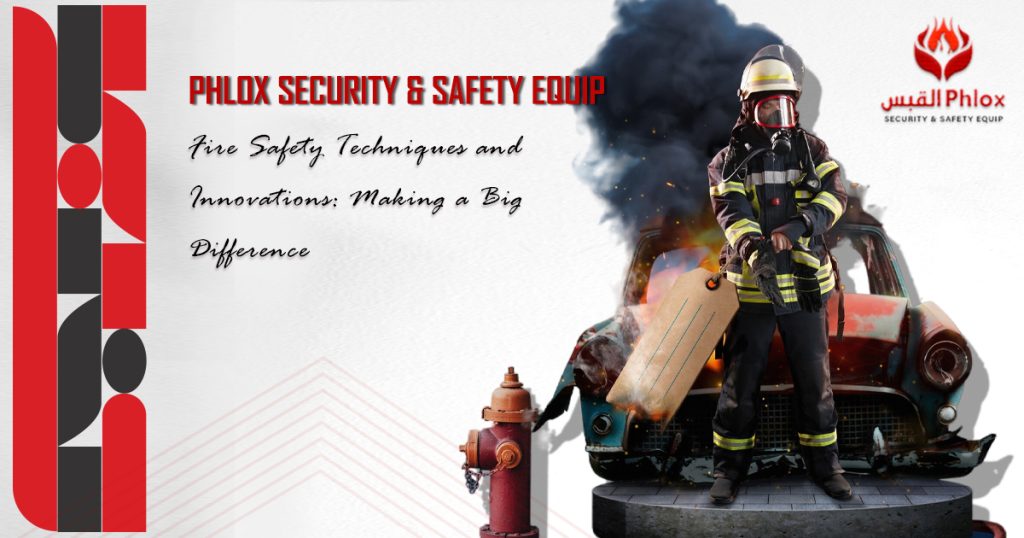

Fire Safety Techniques and Innovations: Making a Big Difference
Fire safety techniques have undergone significant advancements, introducing new ideas and tools that enhance firefighting capabilities and ensure better protection for people and property.
One notable improvement lies in the extinguishing agents used to combat fires. Beyond traditional water, firefighters now have access to specialized foams and chemicals designed to extinguish fires more efficiently and with less residual damage. These advanced agents offer a valuable advantage in swiftly suppressing fires across various settings, minimizing the impact on both structures and the environment.
Additionally, the integration of smart technologies has revolutionized firefighting practices. Autonomous firefighting systems, equipped with sensors and artificial intelligence algorithms, enable rapid fire detection and response, particularly in hazardous or hard-to-reach areas. These smart machines play a crucial role in early intervention, mitigating the spread of fires and reducing potential risks to both firefighters and civilians.
Moreover, advancements in ventilation management have significantly enhanced firefighting strategies. By controlling airflow within buildings, firefighters can effectively contain fires and improve visibility, facilitating safer and more efficient rescue operations. Techniques such as positive pressure ventilation and smoke control systems contribute to better fire control and reduced property damage.
Furthermore, modern firefighting gear has undergone substantial innovation to ensure enhanced safety and performance. Lightweight yet durable protective equipment provides firefighters with increased mobility and comfort during operations. Additionally, integrated communication systems and advanced monitoring devices offer real-time data and situational awareness, empowering firefighters to make informed decisions and coordinate response efforts effectively.
Lastly, with these innovative fire safety techniques, the firefighting community continues to make remarkable progress in safeguarding lives and property from the devastating effects of fires. Each advancement represents a significant step forward in ensuring comprehensive fire safety and resilience in the face of emergencies.



